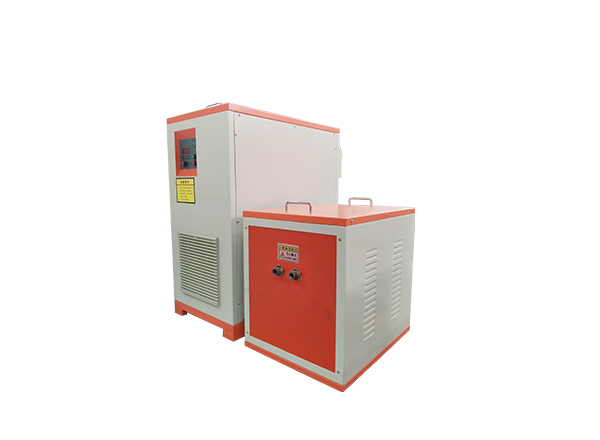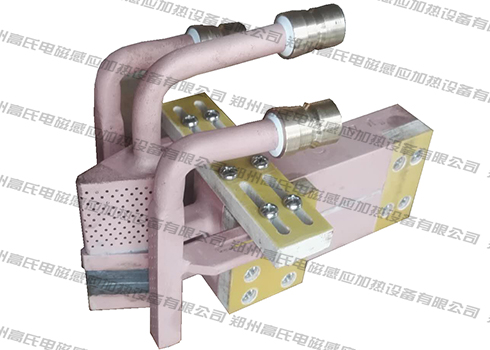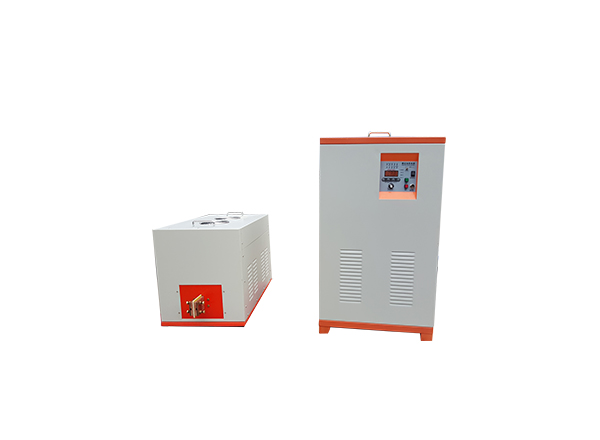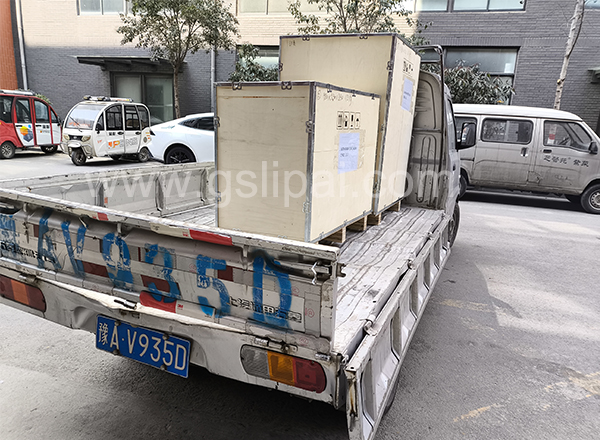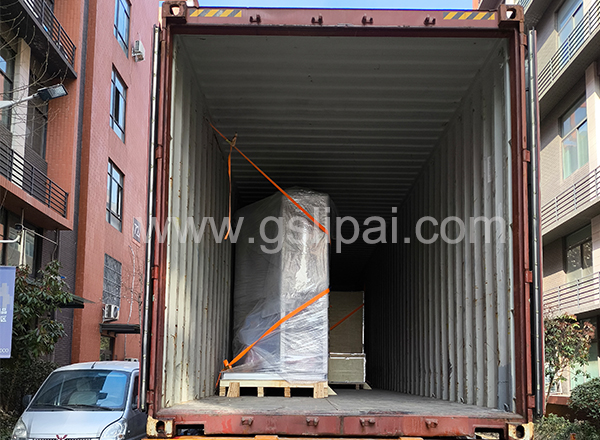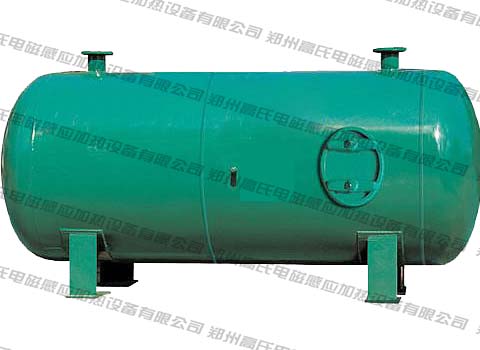
Pressure vessel is a kind of welded component, which is widely used in petroleum, chemical industry, machinery and other fields. During the working process, the pressure vessel will be corroded by chemical substances, etc., which will lead to the destruction of the vessel, plastic deformation, corrosion damage, and the decline of wolf fatigue ability. Since the working conditions of the pressure vessel are very bad, the pressure vessel must have Sufficient stability, strength, plasticity and good toughness, good processing performance and welding performance, and corrosion resistance and hydrogen oxidation resistance. toughness. Then in the selection of materials, it is necessary to choose the correct carbon steel and low alloy steel, and conduct appropriate heat treatment through high-frequency induction heating equipment, so as to achieve the mechanical properties of the pressure vessel and meet its working requirements.
The entire machining process of pressure vessels includes plate blanking, forging, rough machining, welding, heat treatment, finishing, inspection, etc. In the process of heat treatment, the pressure vessel needs to go through the processes of normalizing, quenching and tempering, tempering and stress relief annealing. During the normalizing treatment, the comprehensive mechanical properties of the steel are changed, and the plasticity and toughness of the pressure vessel are improved. , to optimize the weld microstructure at the weld. Quenching and tempering treatment includes the quenching and tempering treatment of the container by high-frequency induction heating equipment, mainly to improve the strength and toughness of the steel, and to better play its performance. However, one point should be paid attention to in this process. The heating temperature, holding time, operation method, etc. are all roughly the same as the normalizing process. The purpose of tempering the pressure vessel again is to improve its internal structure and performance. In this step, it should be noted that the tempering temperature should be determined according to the mechanical properties of the vessel after quenching and tempering treatment. The last step is stress relief annealing treatment, including local and overall aspects. Local stress relief annealing is to eliminate the internal stress of the weld, and overall annealing is to eliminate the internal stress in the welded joint and improve the fracture resistance of the weld. , improve the carbide inside the steel, improve the high temperature resistance of the joint, stabilize the structural performance, prevent the deformation of the pressure vessel during use, and improve its toughness.




 en
en  cn
cn  jp
jp  ko
ko  de
de  es
es  it
it  ru
ru  pt
pt  vi
vi  th
th  pl
pl 






